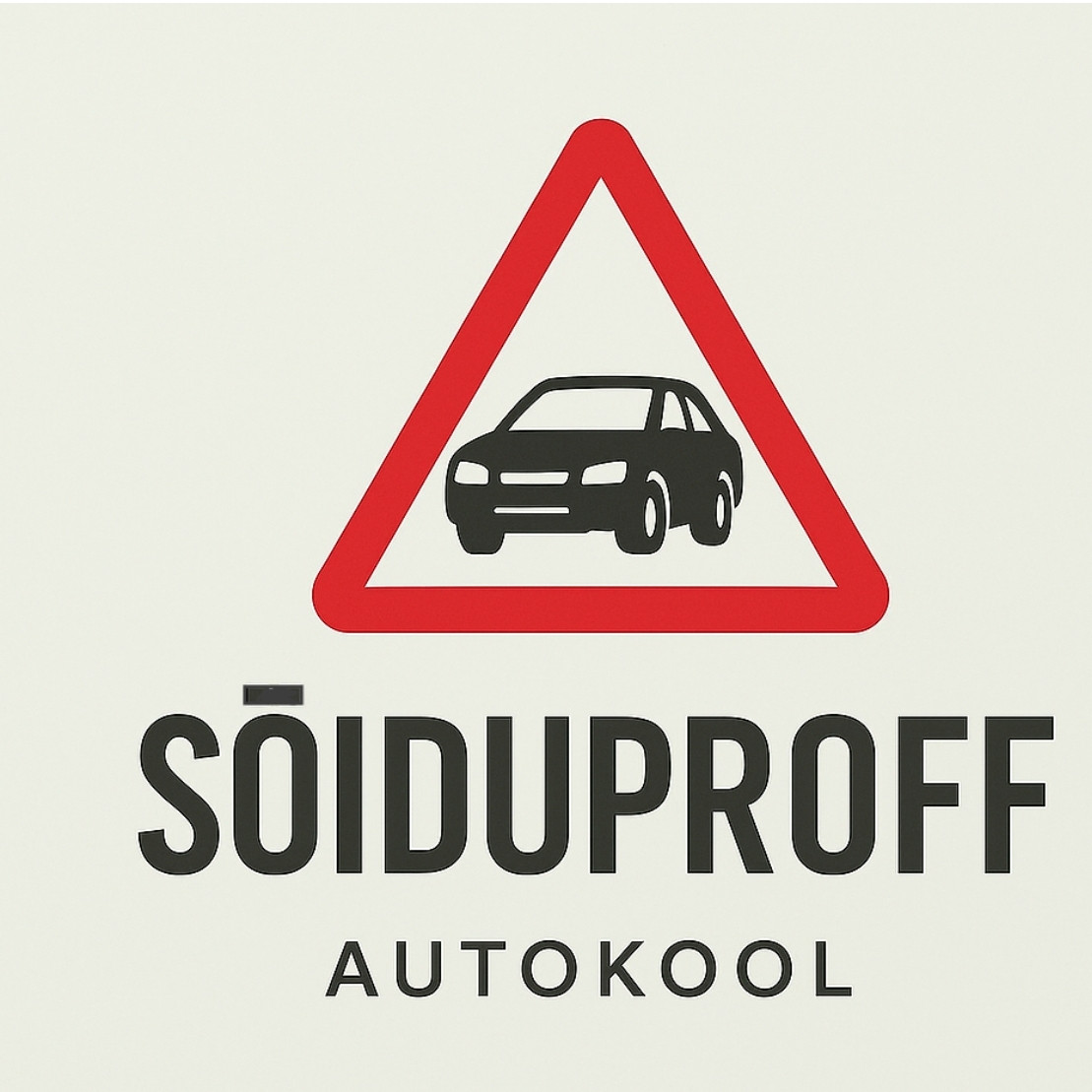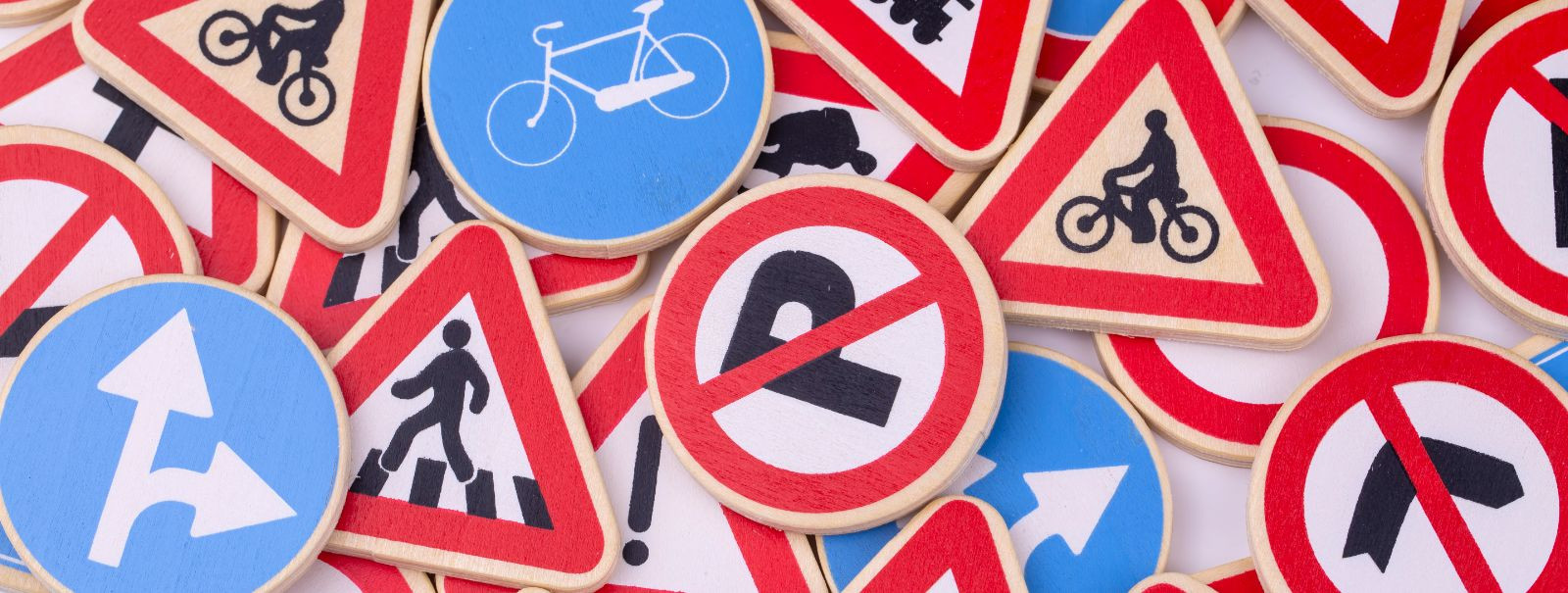Understanding estonian traffic rules
Estonia, like many countries, has a comprehensive set of traffic rules designed to ensure the safety of all road users. Whether you are a new driver, an experienced motorist, or an expatriate adapting to local regulations, understanding these rules is crucial for safe and lawful driving.
General Driving Regulations
Speed limits in Estonia vary depending on the type of road and the area. In urban areas, the speed limit is typically 50 km/h unless otherwise indicated. On open roads, the limit is generally 90 km/h, while on highways, it can be up to 110 km/h during the summer months. Always be attentive to road signs indicating specific speed limits.
Understanding the right of way is essential for avoiding accidents. In Estonia, vehicles coming from the right have the right of way at intersections unless otherwise indicated by road signs or signals. Pedestrians have the right of way at zebra crossings, and drivers must stop to allow them to cross safely.
Overtaking should be done with caution and only when it is safe to do so. Drivers must ensure that the road ahead is clear and that there is enough space to complete the maneuver without causing danger to other road users. Overtaking is prohibited in areas with solid white lines, at pedestrian crossings, and near intersections.
Road Signs and Signals
Mandatory signs are blue and indicate actions that drivers must take, such as turning in a specific direction or following a particular lane. Familiarizing yourself with these signs is crucial for compliance with traffic rules.
Prohibitory signs are typically red and white and indicate actions that are not allowed, such as no entry, no parking, or speed limits. Ignoring these signs can lead to fines and penalties.
Warning signs are usually triangular and yellow, alerting drivers to potential hazards ahead, such as sharp bends, pedestrian crossings, or roadworks. Paying attention to these signs can help prevent accidents.
Special Driving Conditions
Estonia experiences harsh winters, and driving in snowy or icy conditions requires extra caution. Winter tires are mandatory from December 1st to March 1st, and drivers should maintain a safe distance from other vehicles and reduce speed to prevent skidding.
Driving at night can be challenging due to reduced visibility. Ensure your vehicle's headlights are functioning correctly, and use high beams only when necessary. Be extra vigilant for pedestrians and wildlife crossing the road.
Penalties and Fines
Estonia has strict penalties for traffic violations, including fines, points on your driving license, and even suspension of driving privileges. Common violations include speeding, driving under the influence, and using a mobile phone without a hands-free device. Adhering to traffic rules is essential to avoid these penalties.
Tips for New Drivers
For those new to driving in Estonia, consider taking a driving course to familiarize yourself with local rules and road conditions. Practice defensive driving, always wear your seatbelt, and avoid distractions while driving. Remember, safety is paramount.






Comments (0)